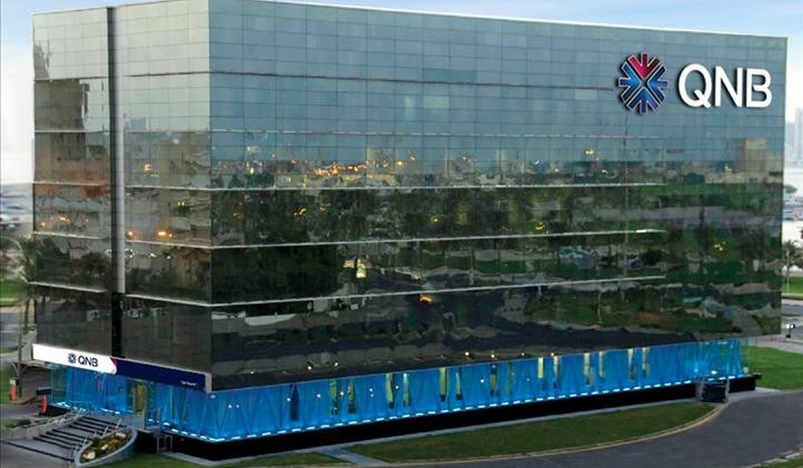
QNB
QNB said in its weekly economic report that it expects US inflation to continue to moderate in the coming months towards acceptable levels, after it has declined significantly from its peak, supported by strong productivity growth, reduced labor market pressures, and slowing rent inflation.
QNB said it expects the decline will set the stage for the beginning of the cycle of interest rate reductions by the Federal Reserve in September, with two 0.25% cuts this year and subsequent 0.25% cuts every other policy meeting until early 2026, when rates should rest at 3.75-4%.
The report described US inflation at present as one of the most closely monitored macroeconomic variables globally. It noted that, over the last several months, higher than expected price pressures have created concerns of inflation being stickier. If sustained over time, QNB added, such pressures could jeopardize the Federal Reserve Boards plan to start easing their monetary policy stance this year.
The report said that the preferred price measure for the Federal Reserve is the index of prices from Personal Consumption Expenditures (PCE). The "core" version of the PCE price index strips out more volatile goods, such as food and energy, which are sensitive to external factors, such as weather shocks and geopolitical events, which helps provide a more informative indicator of underlying inflation trends. According to the PCE-core measure, QNB noted that inflation peaked in 2022 amid the post-Covid pandemic recovery. Since then, inflation has moderated markedly, driven by supply chain normalization, a healthy economic slowdown, and tighter monetary policy.
"In our view, although progress could be uneven, inflation will continue to converge towards the target of monetary policy, allowing policy makers to begin the next rate cutting cycle in September this year," the report said.
The report noted that the strong productivity growth in the U.S. will contribute to bring inflation back to its target. It added that increasing productivity means that more goods and services can be produced with a given level of resources, reducing costs of production, and therefore leading to lower prices for consumers. It gave an example with the 1990s, when advances in information technology were a driving force behind the acceleration in productivity growth in the U.S. In turn, increased efficiency and competition contributed to keep inflation under control.
The second factor according to QNB was that cooling labor markets are set to soften the demands for higher wages by workers, reducing pressure on labor costs for firms. While the unemployment rate stands at an historically low level of 4.1%, indicators that tend to anticipate conditions in labor markets are signaling that the labor market is losing momentum. The rate at which workers quit their jobs is falling, a trend that reveals that workers are less confident in their ability to find new jobs or successfully search for better conditions in a new position.
The final reason mentioned in the report was that decreasing inflation in the housing component of prices will become a key contributor to falling total inflation in the coming quarters. Housing represents approximately 15% of the PCE index, and includes either rent or, if the housing unit is owner occupied, what it would cost to rent an equivalent unit in the current housing market. It noted that inflation in housing reached a peak of 8.2% in April 2023, much later than the peak in overall inflation, which reflects the rigidity of prices in this segment, where longer term contracts determine costs and therefore prices react more slowly to changing macroeconomic conditions.
"Rents can only change when a lease expires, which typically occurs annually. Housing inflation has fallen at a steady pace since mid-2023 and is currently below 6% in year-over-year terms. However, market indices of newly contracted rents, which anticipate the trends in the traditional statistic, show that rent inflation is below pre-pandemic levels," the report said.
As a result, QNB said it expects all these factors will lead the Fed to lower rates towards the 3.75%-5% level by early 2026.
(QNA)
.jpg)
Qatar Secures Place Among the World's Top 10 Wealthiest Nations
.jpg)
Hamad International Airport Witnesses Record Increase in Passenger Traffic

Saudi Arabia: Any visa holder can now perform Umrah

What are Qatar's Labour Laws on Annual Leave?
Leave a comment